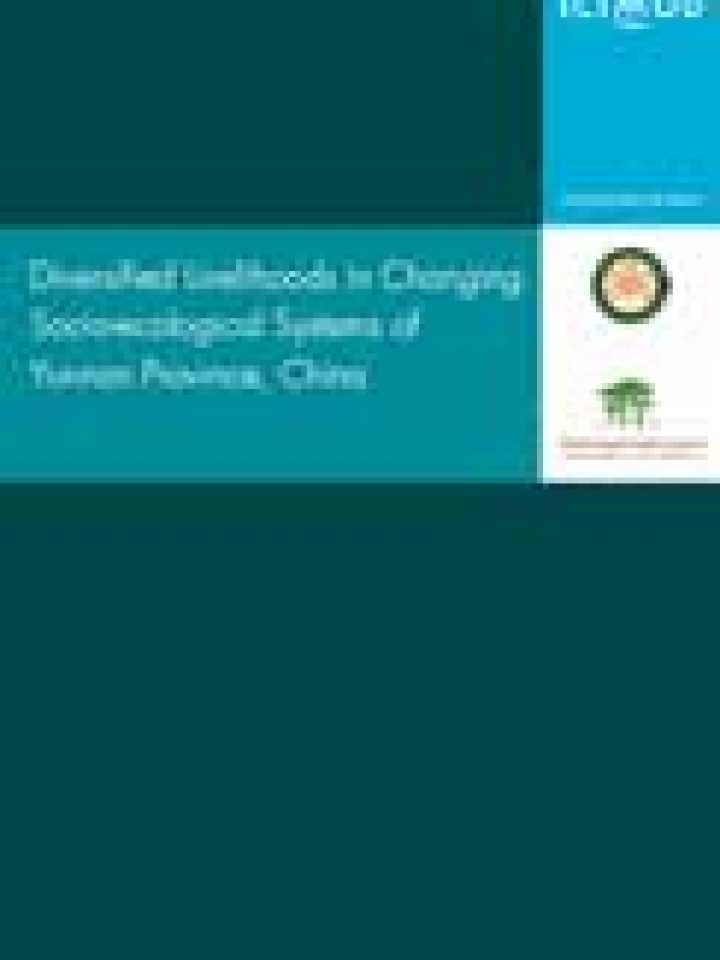Diversified livelihoods in changing socio-ecological systems of Yunnan province, China
This case study suggests recommendations for management of risks induced by climate change in the mountain regions of South-west China: (i) use climate science to facilitate stakeholder dialogue for local adaptation and incorporate state afforestation efforts into local watershed and disaster-risk management; (ii) improve small-scale infrastructure, revive village institutions, provide support to improve farming systems, and promote participation by local people in developing adaptation plans; and (iii) integrate climate science into sectoral policies at a senior government level and use this knowledge to improve plans for local-level action, since both political reform and climate science call for synergy among government sectors in order to develop an integrated policy on climate change.
This report is one case study out of five studies of local responses to climate related water stress and floods. The central objective of this series of case studies "Documenting and assessing adaptation strategies to too much, too little water" is to document adaptation strategies at local or community level to constraints and hazards related to water and induced by climate change in the Himalayan region, including how people are affected by water stress and hazards, their local short and long-term responses, and the extent to which these strategies reduce vulnerability to water stress and hazards.
Explore further
